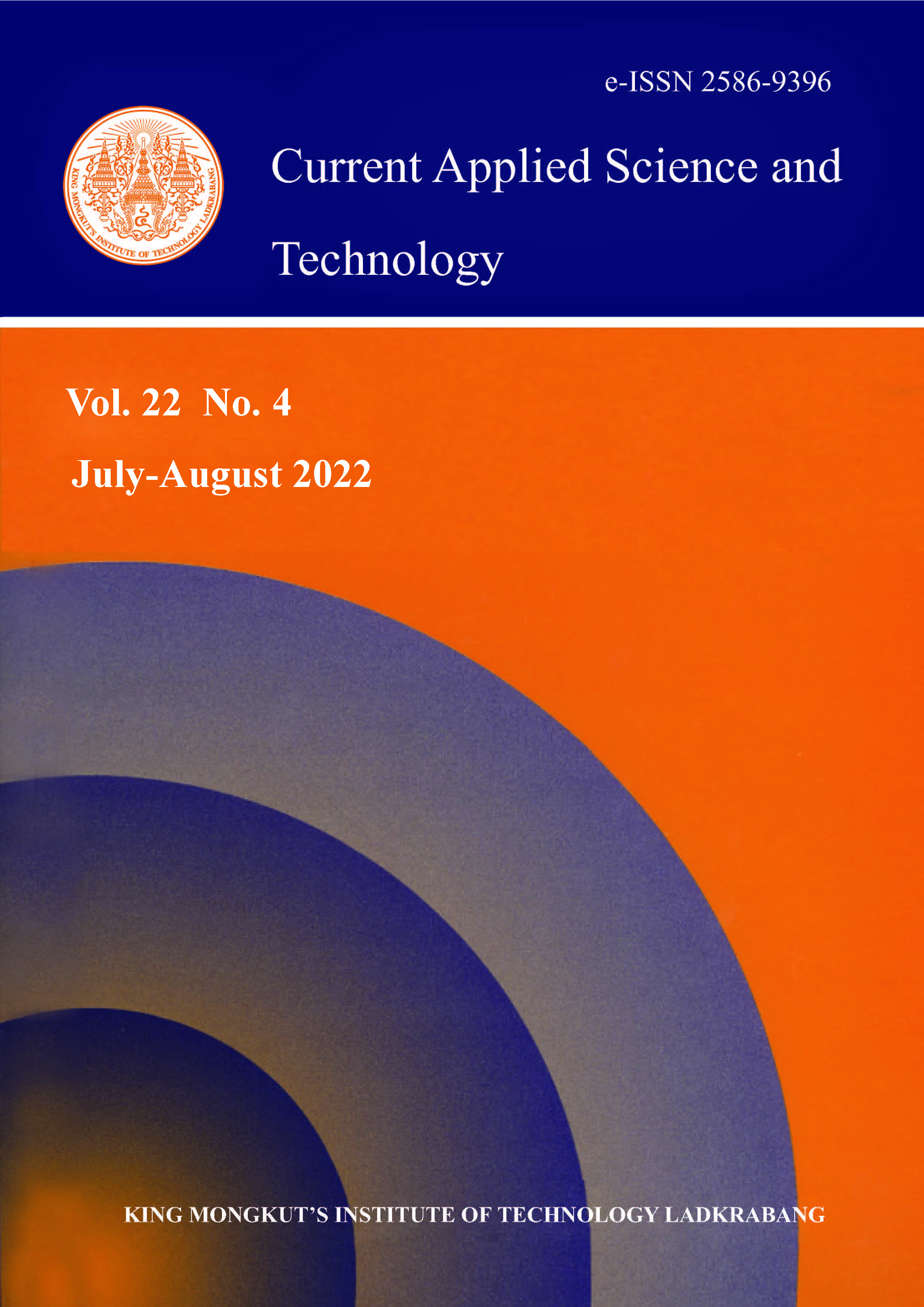The aim of this study was to evaluate the influence of environmental factors on blood cockle production potential at Klong Khone and Bang Taboon. Seawater, sediment and cockles were collected for 6 months from October 2018 to March 2019. The results revealed that seawater quality in both areas did not meet seawater quality standards for aquaculture. The sediment of both areas was found to be clay. Salinity, pH and organic matter (OM) were low in the wet season. Klong Khone had more production potential than Bang Taboon in the wet season, during which the growth rates of cockles (GR) ranged from 1.09-4.68 and 0.30-1.74 g/month, respectively. In the dry season, Bang Taboon had more production potential than Klong Khone with the GR ranging from 0.89-2.21 and 0.00-1.56 g/month, respectively. Partial correlation revealed that in the wet season, with controlled pH of seawater, NO3--N, PO43--P and salinity of sediment, GR correlated with the salinity of seawater with r values of 0.46, 0.41, 0.53 and 0.51, respectively. However, GR correlated with PO43--P during the dry season when the salinity of seawater and grain size (0.06-0.125 mm) were controlled with r values of 0.51 and 0.44, respectively. Therefore, the salinity of seawater (wet season) and PO43--P (dry season) were the main factors affecting the GR. Cockle production potential tended to increase when the salinity of seawater was over 19 psu, the temperature was not higher than 30oC, DO was not less than 3 mg/l. It also tended to be higher in sediment that was basically clay, of grain size smaller than 0.06 mm, and with pH higher than 6.5 and water content (WC) more than 70%.
Keywords: seawater; sediment; blood cockle; growth rate; production potential
*Corresponding author: Tel.: (+66) 830931715
E-mail: scchayarat@bsru.ac.th
Srisunont, T. ., & Srisunont*, C. undefined. . (2021). Influence of Environmental Factors on Blood Cockle Production Potential at Klong Khone, Samut Songkharm Province and Bang Taboon, Phetchaburi Province. CURRENT APPLIED SCIENCE AND TECHNOLOGY, DOI: 10.55003/cast.2022.04.22.008 (21 pages). https://doi.org/10.55003/cast.2022.04.22.008

